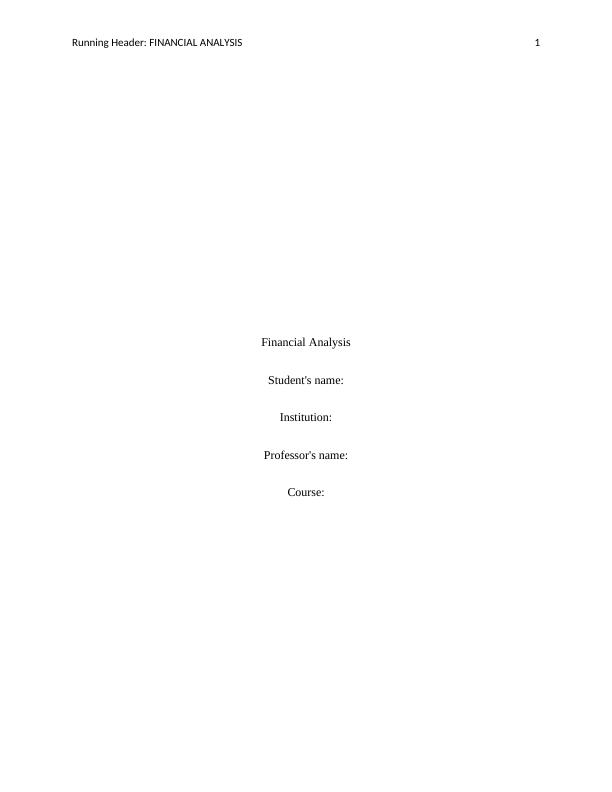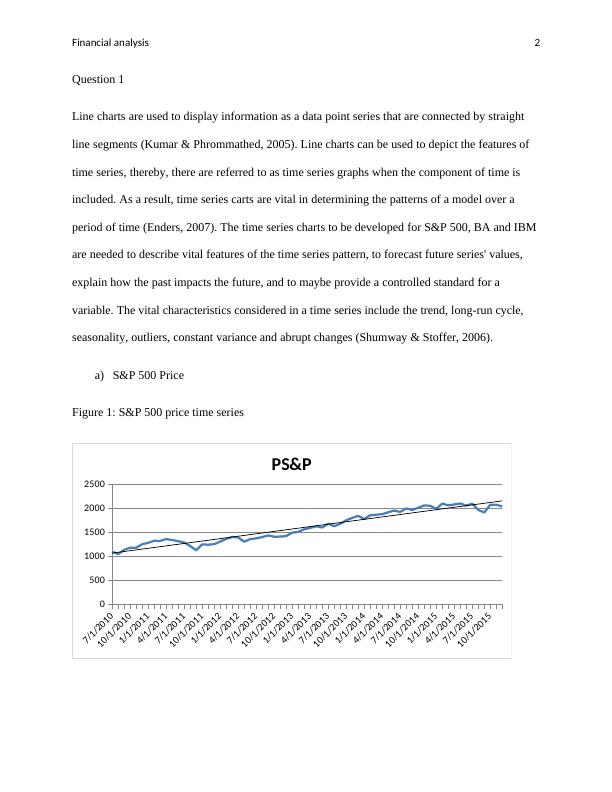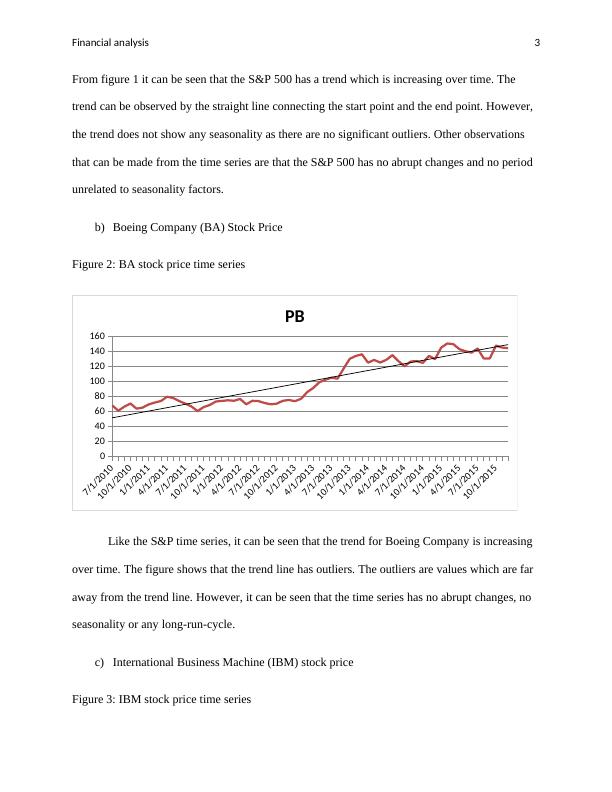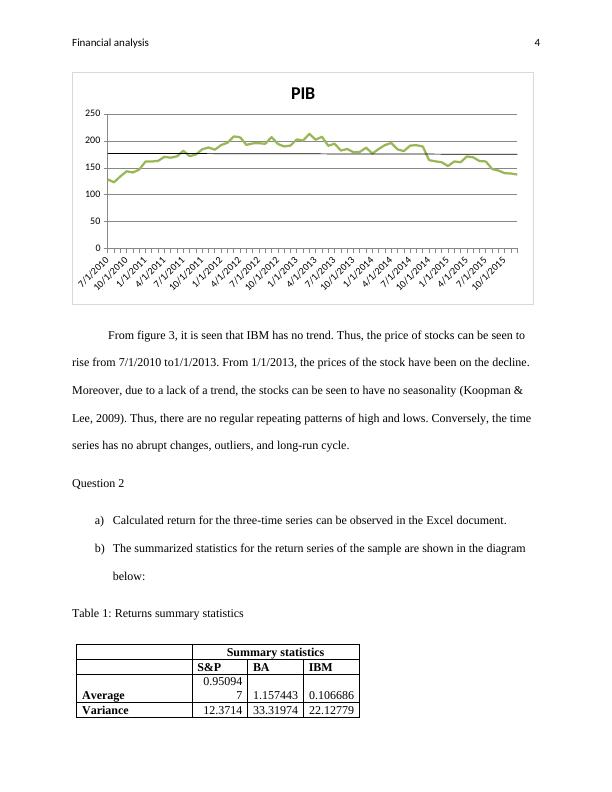Financial Analysis Assignment - (Solved)
Added on 2020-05-11
13 Pages2153 Words57 Views
End of preview
Want to access all the pages? Upload your documents or become a member.
Security Analysis Assignment IBM
|11
|1769
|40
Investment Finance
|10
|1796
|202
Stock Returns: Boeing & IBM Analysis Report
|14
|2616
|155
Statistical Inference & Regression PDF
|9
|2780
|61
STATISTICS FOR FINANCE AND BUSINESS Statistics for Finance and Business Name of the University Author
|11
|1628
|389
Comparison of Boeing Company (BA) and General Dynamics (GD) Stock Prices: Analysis and Findings
|15
|4454
|391



